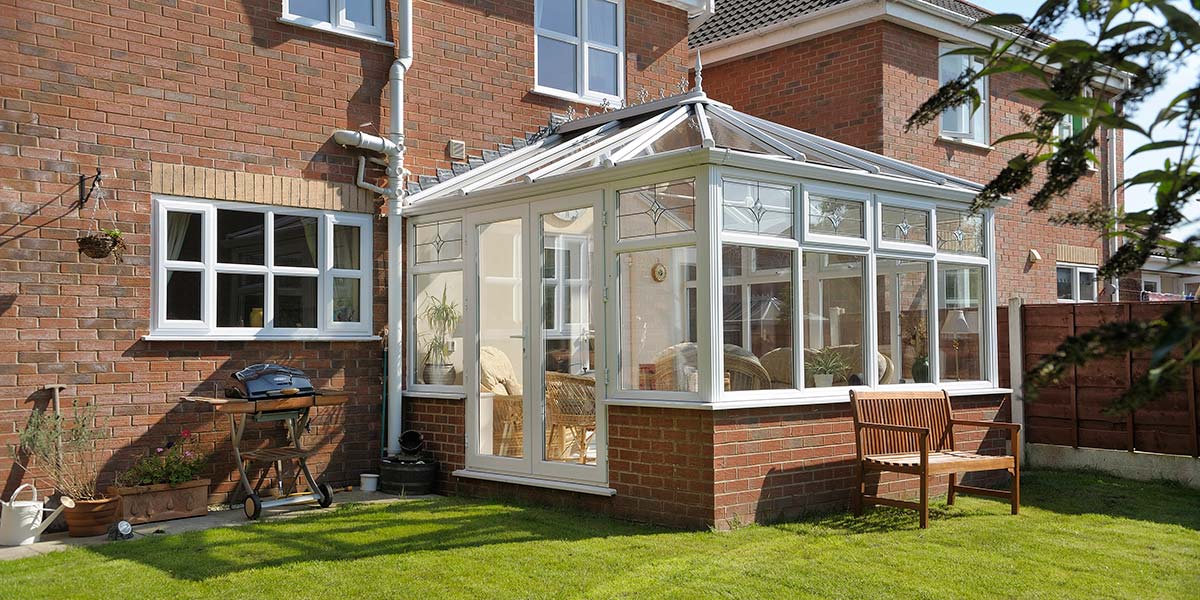You’re assured of a very warm welcome when you call into our Kendal showroom to view our fabulous products, with several experienced sales consultants ready and waiting to give you a helping hand.
Everything You Need To Know About Planning Permission
When sitting down with a customer who’s interested in our conservatories and orangeries, the discussion always at some point turns to planning permission, something they have very little knowledge of.

We wouldn’t be doing our job properly if we didn’t advise customers of the importance of planning permission as breaching planning laws can cause all sorts of problems for householders further down the line. Nobody wants to potentially be told to knock their brand new home extension down because it disobeys the rules, or at the very least, be ordered to make very expensive changes to the design.
After chatting to one of our consultants, customers are left fully up-to-speed with planning obligations and will be aware for example that no planning application needs to be made if their proposed extension is a ‘permitted development’.
To be classified as a ‘permitted development’, the proposed extension must satisfy the following limits and conditions:
- No more than half the area of land around the “original house”* would be covered by additions or other buildings.
- No extension forward of the principal elevation or side elevation fronting a highway.
- No extension to be higher than the highest part of the roof.
- Single-storey rear extension must not extend beyond the rear wall of the original house* by more than three metres if an attached house or by four metres if a detached house.
- In addition, outside Article 2(3) designated land* and Sites of Special Scientific Interest the limit is increased to 6m if an attached house and 8m if a detached house until 30 May 2019.
- These increased limits (between 3m and 6m and between 4m and 8m respectively) are subject to the prior notification of the proposal to the Local Planning Authority and the implementation of a neighbour consultation scheme. If objections are received, the proposal might not be allowed.
- Maximum height of a single-storey rear extension of four metres.
- Extensions of more than one storey must not extend beyond the rear wall of the original house* by more than three metres.
- Maximum eaves height of an extension within two metres of the boundary of three metres.
- Maximum eaves and ridge height of extension no higher than existing house.
- Side extensions to be single storey with maximum height of four metres and width no more than half that of the original house.
- Two-storey extensions no closer than seven metres to rear boundary.
- Roof pitch of extensions higher than one storey to match existing house.
- Materials to be similar in appearance to the existing house.
- No verandas, balconies or raised platforms.
- Upper-floor, side-facing windows to be obscure-glazed; any opening to be 1.7m above the floor.
- On designated land* no permitted development for rear extensions of more than one storey.
- On designated land no cladding of the exterior.
- On designated land no side extensions.
* The term “original house” means the house as it was first built or as it stood on 1 July 1948 (if it was built before that date). Although you may not have built an extension to the house, a previous owner may have done so.
* Designated land includes conservation areas, national parks and the Broads, Areas of Outstanding Natural Beauty, and World Heritage Sites.
If any of these limits and conditions AREN’T met, a planning application has to be organised and submitted to the planning department at the relevant local authority. Planet helps customers put their planning applications together and will also take care of sending it off. You just then have to play a waiting game.
A more definitive guide to planning permission can be found on our Helpful Guides page if you need further information on the topic. Click here to get your FREE copy.
Want to speak with an Advisor? Give us a call on 0800 612 2255
Our friendly team will be pleased to help with any questions you may have.